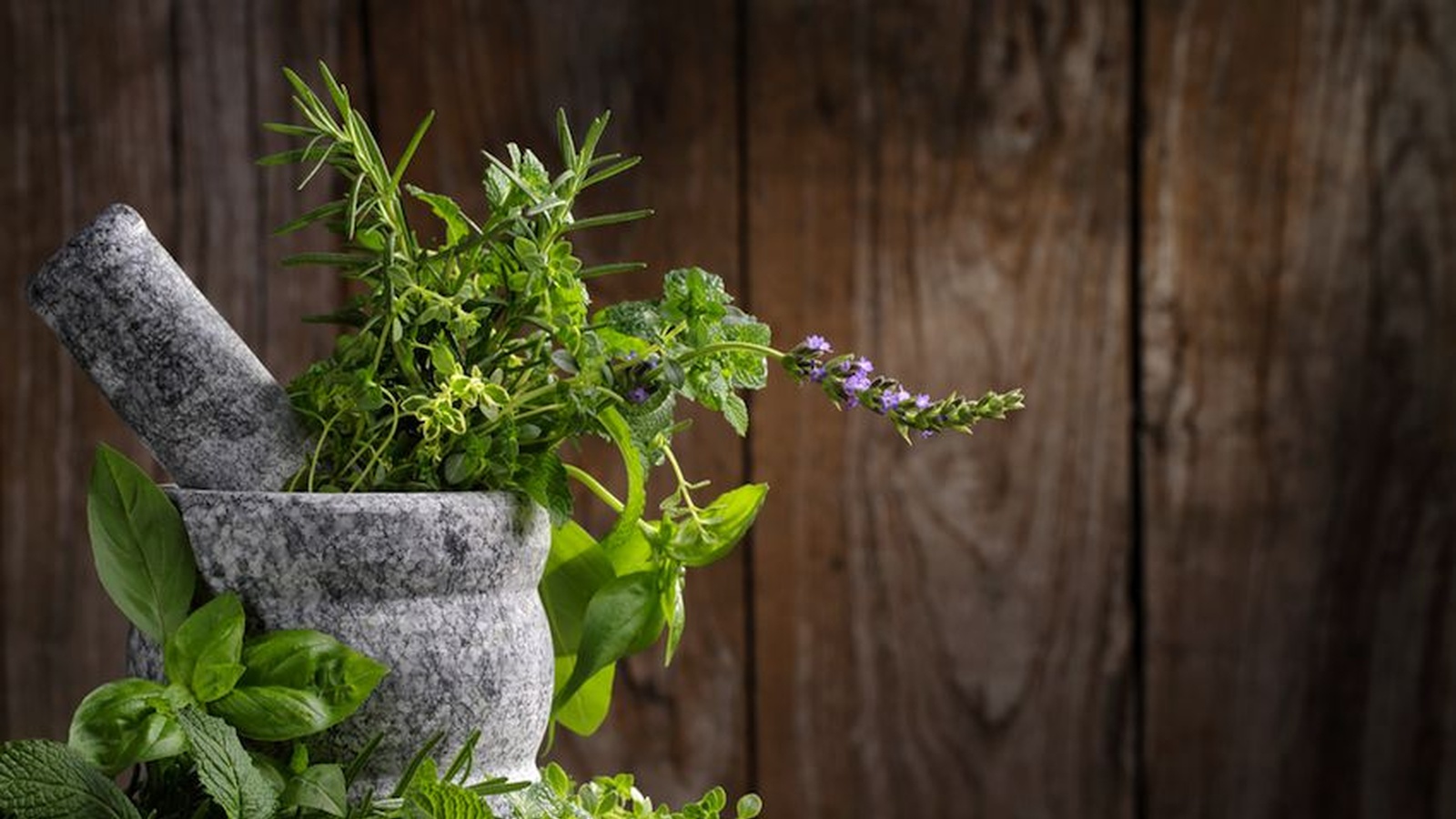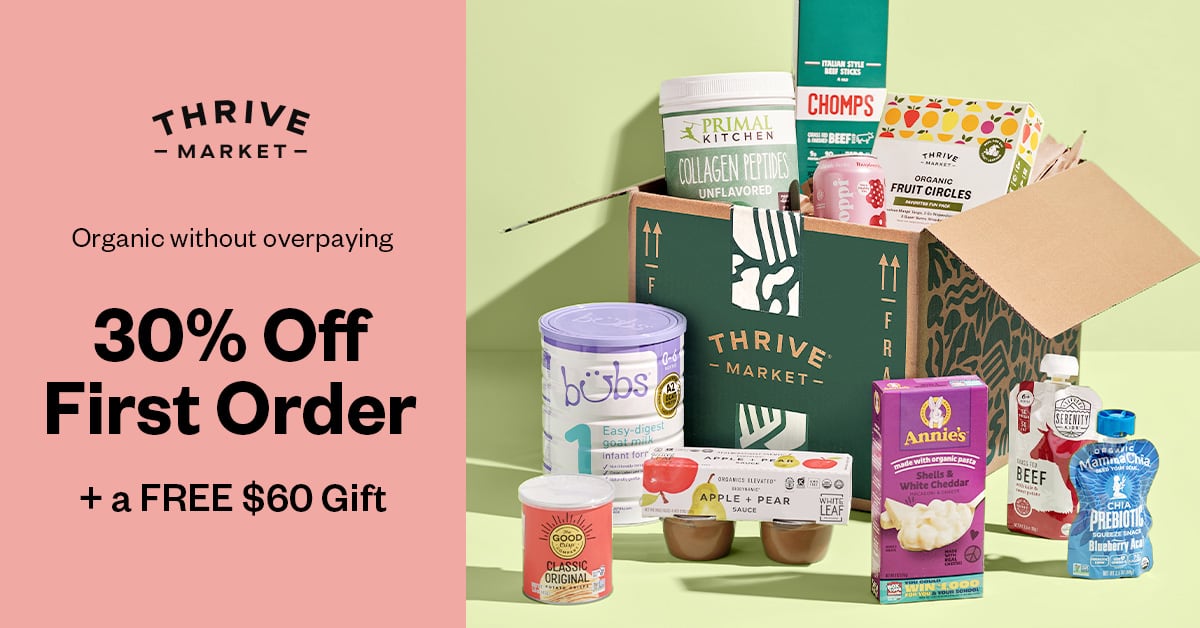8 Of The Best Herbs And Spices For Natural Healing
Herbs and spices are nature’s natural version of pills and chemical potions. They’re concentrated doses of powerful healing nutrients and their flavor packs a punch just as strong!
Here are 8 of the most incredible ones for healing your body naturally:
1. Tulsi (Holy Basil) - Ocimum Tenuiflorum
The Indian herbal plant Tulsi has a lot of significance in the Hindu religion. The term "Tulsi" is used in the context of one who is absolutely incomparable. Tulsi has a lot of reverence for the Hindus. In fact, people worship Tulsi every day in the morning as well as evening time. Most homes will have a plant and it’s considered sacred, not least because of its many medicinal qualities.
I am now using this exceptional herb in my clinic - as it has only very recently become available as a tincture - with wonderful results. I wonder why Tulsi isn't more popular in the West as its medicinal properties are incredible, and varied. Tulsi is rejuvenating, immune boosting, helps restore our body's negative reaction to stress, removes fluoride from water, has a wonderful effect on the adrenal glands and cardiovascular and nervous systems, and is anti-fungal, so it's a great herb to treat a candida overgrowth.
Traditionally, many an Indian Grandma relied on a tea made from the leaves of Holy Basil to relieve indigestion and headaches. Now the firsts test are showing it might also inhibit breast cancer. A tea made of Holy Basil shrunk tumors by reducing their blood supply and stopping their spread. To aid in breast cancer treatment, drink the tea daily. (It must be ‘Holy Basil’, not another variety of basil.) Pour 2 cups boiling water over 10 to 15 fresh holy basil leaves and steep 5 minutes Remove the leaves before consuming. Or get it as a liquid tincture.
If you grow it yourself at home, add the fresh leaves to your salad, stir fry, curry and smoothies. You probably won’t find Tulsi seeds or plants at your local nursery so ask them to order it for you, or look online. You’ll find it in health food stores as a supplement, tea or liquid tincture.
2. Saffron - Crocus sativus
Saffron is a spice derived from the flower of Crocus sativus, commonly known as the "saffron crocus". Saffron crocus grows to 20–30 cm and bears up to four blossoms, each with three crimson stigmas (threads), and it takes over 150,000 blossoms to produce a kilo of saffron spice. The amount of labor involved in harvesting, which saffron insists on being done by hand - is why it is considered one of the world's most expensive spices. The plant's beauty is striking not only for its color but also its shape and style. Saffron's use as a medicine has been documented since antiquity.
The important antioxidants saffron contains can help protect our bodies from oxidant-induced stress, cancers, infections and they also act as immune modulators. It’s been known to have many therapeutic applications in traditional medicines across the world as it acts as an antiseptic, antidepressant, antioxidant, digestive aid and anti-convulsant.
Saffron has traditionally been used for respiratory complaints such as coughs, emphysema and asthma, and also for loosening phlegm. Saffron is effective when treating insomnia, gas, depression, Alzheimer’s disease, fright, shock, pain, heartburn, and dry skin. It’s also a good liver tonic, is used to treat diabetes, to help reduce the withdrawal from drugs and alcohol, and a good cardio tonic.
Women have used saffron for centuries to ease menstrual cramps and PMS, while men use it to treat premature ejaculation and infertility. For this reason, saffron has the reputation of being an aphrodisiac. To use at home, make the dried stigmas into a tea and drink daily or you can get as a liquid tonic from your health food store. Add the threads to your cooking to impart a sexy and unique flavor.
3. Turmeric - Curcuma longa
Turmeric is part of the ginger family, Zingiberaceae. It is native plant in southwest India, and needs temperatures between 20 and 30°C and a considerable amount of annual rainfall to thrive. Turmeric has a peppery, warm and bitter flavor, and a mild fragrance slightly reminiscent of orange and ginger. And while it is best known as one of the ingredients used to make curry, it’s looking like this golden spice may be a whole lot more than a pretty color. For starters, it may prevent colon cancer and Alzheimer's disease, and it’s a good general immune system booster due to its high antioxidant capacity - mopping up nasty free radicals.
In India, where turmeric is widely used, the prevalence of four common U.S. cancers - colon, breast, prostate and lung - is 10 times lower. Thanks to its strong anti-inflammatory properties and its positive effect on the liver, turmeric can help calm digestive trouble and get your stomach feeling good again. Mix a teaspoon of dried, or a tablespoon of freshly grated turmeric into about 30 ml or so of warm water. Add a little sweetener like raw honey or maple syrup, if you like. Grow it yourself in the more tropical climates, or buy the rhizome fresh from your Farmers' market or green grocer, or take a capsule. Turmeric is used to make up Jamu Asih Kinasih, the Indonesian love potion that is said to bring a whole new meaning to the words 'love making'.
4. Cumin seeds - Cuminum cyminum
We’re now realzsing that these little seeds, often seen in Middle Eastern, Indian and Mexican recipes, are more than just tasty. They are a good source of iron, which is essential for energy production and metabolism. Cumin is also a key mineral in keeping our immune system healthy. The benefits to digestion have long been known but only recently being proven scientifically.
Research is now also showing that cumin may stimulate the secretion of pancreatic enzymes, compounds necessary for proper digestion and nutrient assimilation. Cumin seeds may also have anti-carcinogenic properties, especially liver and stomach. This may be due to cumin's potent free-radical scavenging abilities. It may also increase the liver's detoxification enzymes, which in itself means it will have many ways to heal as the more effective our liver is at detoxing, the healthier we will be. Use the organic seeds or powder in your cooking by adding them to your dips, roast veggies and slow-cooked meals like curry, soups and casseroles.
5. Cinnamon - Cinnamomum cassia
Most people are aware of cinnamon’s role adorning a donut or French toast, but its uses stretch far beyond this. (Powdered cinnamon is often mixed with white sugar, ground walnut shells, galanga rhizome.) Cinnamon is recommended for those with type 2 diabetes as studies have shown that taking cinnamon extract daily successfully reduced blood sugar by about 10%. It also reduces heart-related risks and is now looking like it may also lower bad cholesterol by 13% and triglycerides by 23%.
To control blood sugar, take 1 gram capsules of standardized cinnamon extract daily, or 1 to 6 g daily when treating high cholesterol. Apart from this, it has a good effect on the stomach and nervous system, and is capable of drying up Mother’s milk. The tincture is useful for heavy periods, or indeed absent periods. It has primarily been used in the West to assist and flavor other drugs, and is helpful in diarrhea, nausea, vomiting, and to relieve flatulence.
6. Rosemary - Rosmarinus officinalis
This gorgeous smelling herb likes little attention in the garden. Giving it lots of love is not the answer here. Ignore it and it will thrive. It likes dry, well-drained soil, which is why you see it growing wild on cliffs in the Mediterranean. Its medicinal uses are many and varied. The two main ingredients that give this herb its therapeutic qualities are caffeic acid and rosemarinic acid - both being potent antioxidants and anti-inflammatory agents. These two acids reduce the inflammation associated with asthma, and improve liver function and heart health. It’s also a rich source of Vitamin E, another potent antioxidant that contributes to free radical fighting powers, and again improving heart health.
It helps prevent the brain aging and is now proving an important defense against cancer, as research has found that rosemary extract can significantly help to protect DNA against free radical damage. By blocking estrogen, rosemary helps prevent breast cancer. Its other benefits are in reducing age-related skin damage, and acting as a mild diuretic to help reduce swelling. Rosemary is also thought to stimulate our adrenal glands to provide energy while lifting our mood and relieving stress. So as you can see, it’s more than an accompaniment to your baked spuds. Take as a capsule, liquid herb from a herbalist, or drink the fresh leaves in a tea.
7. Ginger - Zingiber officinale
Ginger is your go-to spice to prevent nausea, no matter the cause - be it pregnancy, motion sickness, food intolerances, anxiety or chemotherapy. A powerful antioxidant, ginger works by blocking the effects of serotonin, a chemical produced by both the brain and stomach when you're nauseated. It also stops the production of free radicals, another reason we might feel nauseous. It also can decrease your blood pressure if it’s too high, and is useful for preventing cancer and arthritic pain, thanks to its anti-inflammatory properties. These same anti-inflammatory powers help powdered ginger kill ovarian cancer cells as well as, or better than, traditional chemotherapy, at least in the test tube. Ginger helps to regulate blood flow, which may lower blood pressure and decrease blot clots during menstruation. Ginger extract has been proven to significantly reduce the pain associated with osteoarthritis of the knee. It’s easy to include fresh ginger in your diet. Simply grate it in with your onions and garlic when you’re making soups, stir-fries, curry or dahl, or put it in your smoothie with turmeric and add it to your tahini dressing and hummus - pretty much anything. For a therapeutic dose take capsules from your health food store or the liquid extract from a herbalist or Naturopath.
8. Sage - Salvia officinalis
Sage is one of my favorite herbs, and for so many reasons. It’s antihydrotic, which means it’s a very effective treatment when dealing with menopausal hot flushes or excessive sweating. Try drinking the tea or get the liquid extract for more severe flushing. To whiten your teeth, pick a fresh leaf and rub it over your teeth a few times each week. It also helps to regulate your menstrual cycle, is a natural deodorant, sore throat tonic (when gargled), antiseptic and astringent. It’s wonderful to use sage as a healing scalp tonic (make it into a tea first), it calms the nerves, aids in healing burns, reduces nausea and flatulence, improves liver issues, kidney stones, gallstones, mouth and gum lesions and it’s a nice antidepressant. When mixed with rosemary, it can darken graying hair. Make a tea and rinse though your hair and leave it on, a few times a week. Raw sage has traditionally been used to treat warts, skin cancers and tumors. Yes, a pretty fabulous herb.
Dried sage has played an integral part in ancient, as well as current ceremonies. Many Native American Indians, because of its effect on purifying energy, hold sage sacred. It heals by bringing the patient back into ‘balance’ by cleansing the body and mind of negative spirits and impurities. When burned, the smoldering smoke offers various remedies for many physical, emotional, spiritual, or mental imbalances. I use white sage to regularly ‘smudge’ my home and clinics. You’ll find this at some health food stores, or easily online. Opt for these beautiful herbs and spices when you’re in need of some potent healing, and feel your aches, pains, and ailments vanish.










